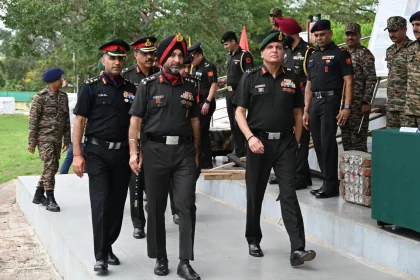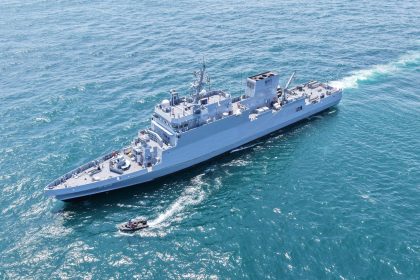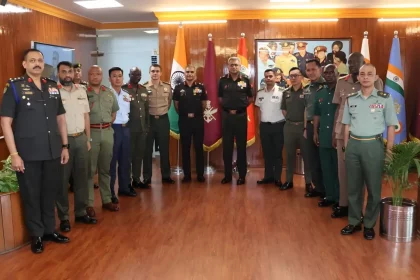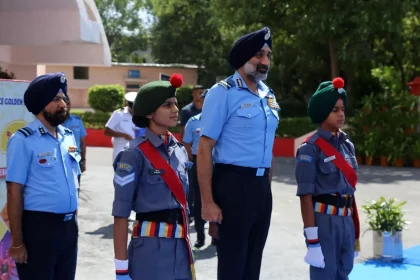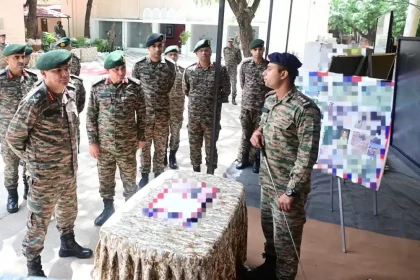Caracal, Icomm Tele Secure Contract to Supply 200 CSR 338 Sniper Rifles to CRPF
Hyderabad-based joint venture to deliver advanced sniper systems under Make in India push
What is Adjutant in the Indian Army and Why is He the CO’s Right Hand?
The adjutant embodies the administrative heart of the Indian Army unit, ensuring that discipline and efficiency support the CO's vision.
Indian Navy to Commission ‘Androth’, Second Ship in ASW-SWC Series
Second Ship in ASW-SWC Series Reflects India’s Aatmanirbharta in Defence.
Lt Gen Anindya Sengupta Visits CDM to Engage with Future Military Leaders
Lt Gen Sengupta Engages HDMC Participants on Future Military Leadership and Operational Foresight.
Air Force Golden Jubilee Institute Marks 40th Raising Day with Celebrations of Diversity
AFGJI Celebrates 40 Years of Inclusive Education and Student Excellence.
Lt Gen AVS Rathee Reviews Operational Preparedness of Bogra Brigade
GOC Konark Corps Commends Bogra Brigade’s Tech-Driven Mechanised Operations.


